The Old Lock Pump House, whose first element was built in 1837, preserves a feature of the old canal, which relied on locks and pumps to move vessels over the low divide of the Delmarva Peninsula between Chesapeake Bay and Delaware Bay. Because there are no large rivers on the peninsula, water had to be pumped uphill to fill the upper canal and locks.
1850-1859
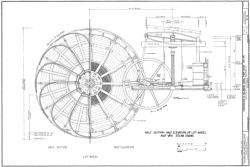
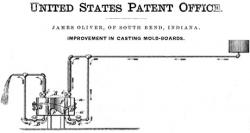
On June 30, 1857, James Oliver filed a patent application for chilling the wear face of cast-iron moldboard plows. While pouring molten cast iron in sand molds he circulated hot water through chillers to regulate the rate of cooling. Oliver's control of raw material content and cooling produced moldboards with a very hard surface and a softer, tough inner core for strength. Their fine textured wearing faces of uniform hardness maintained a mirror polish and resisted rust.
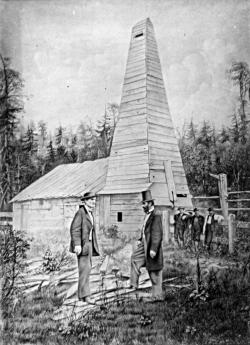
Long before Texas gushers and offshore drilling, and a century before oil wells dotted Arabian sands and rose out of Venezuelan waters, the center of petroleum production was western Pennsylvania. In the middle of the 19thcentury two developments occurred that guaranteed Pennsylvania’s dominance: The construction, in Pittsburgh, of the first still to refine crude oil into kerosene for use in lighting, and the drilling of the first oil well in Titusville, Pennsylvania.

On October 23rd, 1852 a notice was sent to practitioners of civil engineering in and near New York City requesting their participation in developing an association that would serve the professionals who design and construct America's built environment. Twelve men responded to this invitation, meeting on November 5 in the office of Alfred W. Craven, chief engineer of the Croton Aqueduct Department. These men became the founders of the American Society of Civil Engineers and Architects, later renamed the American Society of Civil Engineers (ASCE).
Fate has put this mechanism in the hands of Fred Litwin, and it couldn’t have found a better curator.
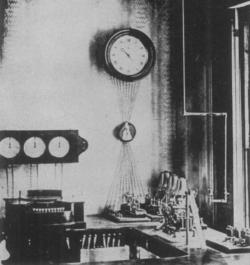
On 28 April 1852 the first municipal electric fire alarm system using call boxes with automatic signaling to indicate the location of a fire was placed into operation in Boston. Invented by William Channing and Moses Farmer, this system was highly successful in reducing property loss and deaths due to fire and was subsequently adopted throughout the United States and in Canada.
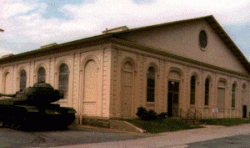
The Watervliet arsenal complex originally was built to house and manufacture weapons for the War of 1812. During the Civil War, it specialized in gun cartridges and artillery carriages. The facility today is a primary site for making state-of-the-art tank cannon, howitzers, mortars, and recoilless rifles.
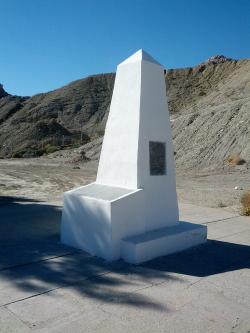
William Emory was an 1831 graduate of the U.S. Military Academy at West Point. When the Mexican War broke out, he was assigned as chief engineer officer to General Stephen Kearny, whose army traversed largely unknown territories in the West. The U.S. War Department would later print 10,000 copies of Emory's Notes of a Military Reconnaissance, which made a significant contribution to understanding the geography and topography of the Southwest.
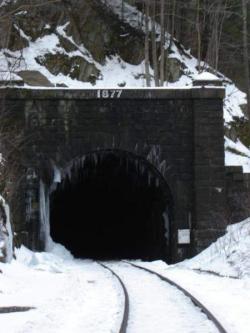
When first proposed in 1819, the Hoosac Tunnel seemed so logical. It would provide an efficient and direct route for the Boston and Albany Railroad, whose pathway meandered 20 miles along precipitous grades. Early proponents, however, could not have imagined that blasting a 4.75 mile tunnel through the Hoosac Mountain would require over 20 years of labor. The project took so long to complete that it was commonly referred to as "The Great Bore."
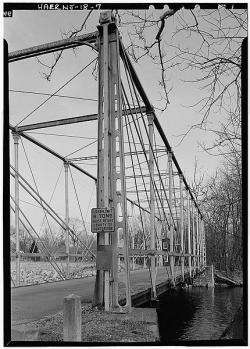
"Fink's truss design was one of a number of early patented solutions to [the problem of how] to carry a massive, moving weight (a train) over long spans (to avoid the expense of building piers and obstructing waterways) on easily erected bridges (often in rough terrain) with good long-term economy..."
- Kent Farnow Smith, "America's Oldest Functioning Iron-Truss Bridge," 1978
Innovations
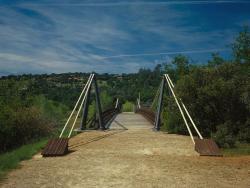
Soon after gold was discovered at Sutter's Mill near Sacramento in 1848, General John Bidwell found gold near the Middle Fork of the Feather River. His discovery brought hordes of miners to the scene and Bidwell Bar was born. The Bidwell Bar Suspension Bridge over the Feather River was one of…
Read More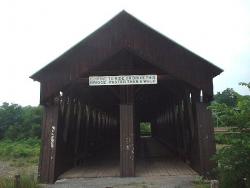
Nicholas Montgomery Powers built the bridge. It was first constructed behind the village, then taken apart and reassembled over the stream. Some residents questioned the idea of re-constructing it, but Powers was so confident of the bridge's durability that he sat on the roof when the final…
Read More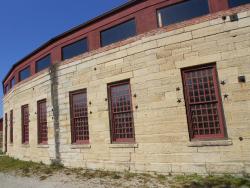
The Chicago, Burlington, & Quincy Railroad was the first railroad to link Chicago and the Mississippi River, in the 1850s. This forty-stall roundhouse, large even for its time, became a major center for railroad activity for the CB&Q. It served as a repair and construction facility from…
Read More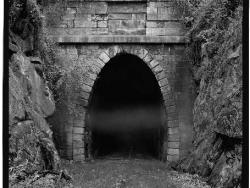
One of four single-track tunnels built by the Blue Ridge Railroad, the 4,273-foot Crozet Tunnel was constructed at a time when hand drills, pickaxes, and black powder amounted to state-of-the-art tunneling technology. At the time of its completion, it was the longest railroad tunnel in the…
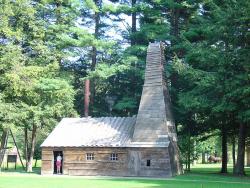
The drilling of this oil well marks the modern phase of the petroleum industry. A series of revolutionary technological changes, unforeseen even by the most prophetic, followed. Drake demonstrated practical oil recovery by applying salt-well drilling techniques, including the use of the derrick…
Read More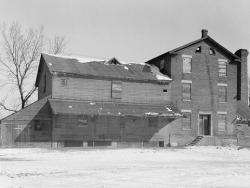
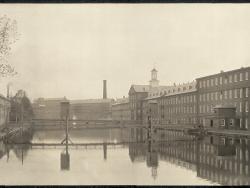
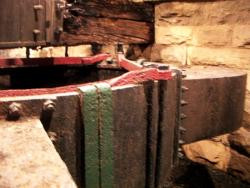
This reaction or "Scotch" turbine had as its antecedent the steam reaction wheel invented in Greek Alexandra by Hero around 100 B.C.. It found widespread hydraulic application in the United States from the beginning of the nineteenth century to mid-century when French-inspired hydraulic turbine…
Read More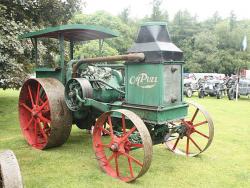
Beginning with the blacksmith shop of German immigrant Meinrad Rumely (1823-1904), this successive family of firms invented and produced a line of agricultural equipment that played a vital role in the evolution of farming based on the muscle of humans and animals to one based on the power of…
Read More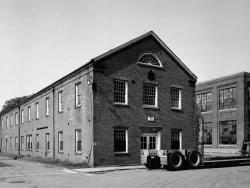
The Watertown Arsenal was the first major engineering testing laboratory in America. It was created to store and manufacture cutting-edge military technology and weaponry. The United States Army Research and Materials Laboratory continued to use the site until 1989, employing soldiers and…
Read More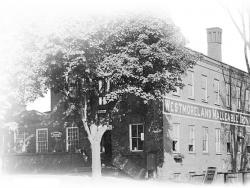
The history of this foundry, which was the oldest malleable iron company in continuous operation in the United States for many years, was inseparable from that of the small town of Westmoreland, where neighbors and workers kept time by the foundry bell. The firm was founded as Oakhill Malleable…
Read More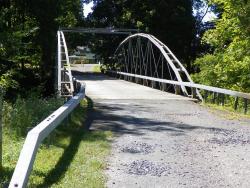
The Whipple Bowstring Truss Bridge was built from a design patented in 1841 by Squire Whipple. Whipple was the first person to understand the stresses in truss members and he developed the first theoretical formula to calculate stresses in the articulated truss. His bowstring truss was the first…
Read More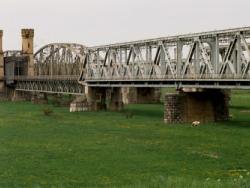
Conceived as one of the major structures on the Prussian Eastern Railway, the Old Wisla Bridge at Tczew originally consisted of six wrought iron spans. Due to Germany's invasion of Poland at the beginning World War II in 1939, only three original spans remain today. These remaining spans…
Read More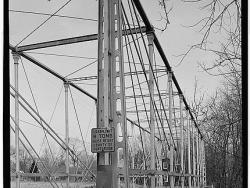
"Fink's truss design was one of a number of early patented solutions to [the problem of how] to carry a massive, moving weight (a train) over long spans (to avoid the expense of building piers and obstructing waterways) on easily erected bridges (often in rough terrain) with good long-term…
Read More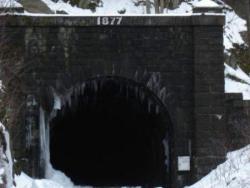
When first proposed in 1819, the Hoosac Tunnel seemed so logical. It would provide an efficient and direct route for the Boston and Albany Railroad, whose pathway meandered 20 miles along precipitous grades. Early proponents, however, could not have imagined that blasting a 4.75 mile tunnel…
Read More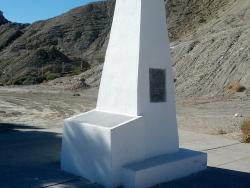
William Emory was an 1831 graduate of the U.S. Military Academy at West Point. When the Mexican War broke out, he was assigned as chief engineer officer to General Stephen Kearny, whose army traversed largely unknown territories in the West. The U.S. War Department would later print 10,000…
Read More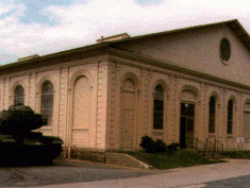
The Watervliet arsenal complex originally was built to house and manufacture weapons for the War of 1812. During the Civil War, it specialized in gun cartridges and artillery carriages. The facility today is a primary site for making state-of-the-art tank cannon, howitzers, mortars, and…
Read More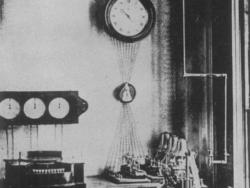
On 28 April 1852 the first municipal electric fire alarm system using call boxes with automatic signaling to indicate the location of a fire was placed into operation in Boston. Invented by William Channing and Moses Farmer, this system was highly successful in reducing property loss and deaths…
Read More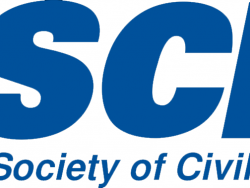
On October 23rd, 1852 a notice was sent to practitioners of civil engineering in and near New York City requesting their participation in developing an association that would serve the professionals who design and construct America's built environment. Twelve men responded to this invitation,…
Read More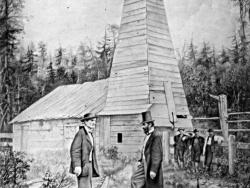
Long before Texas gushers and offshore drilling, and a century before oil wells dotted Arabian sands and rose out of Venezuelan waters, the center of petroleum production was western Pennsylvania. In the middle of the 19thcentury two developments occurred that guaranteed Pennsylvania’s dominance…
Read More

